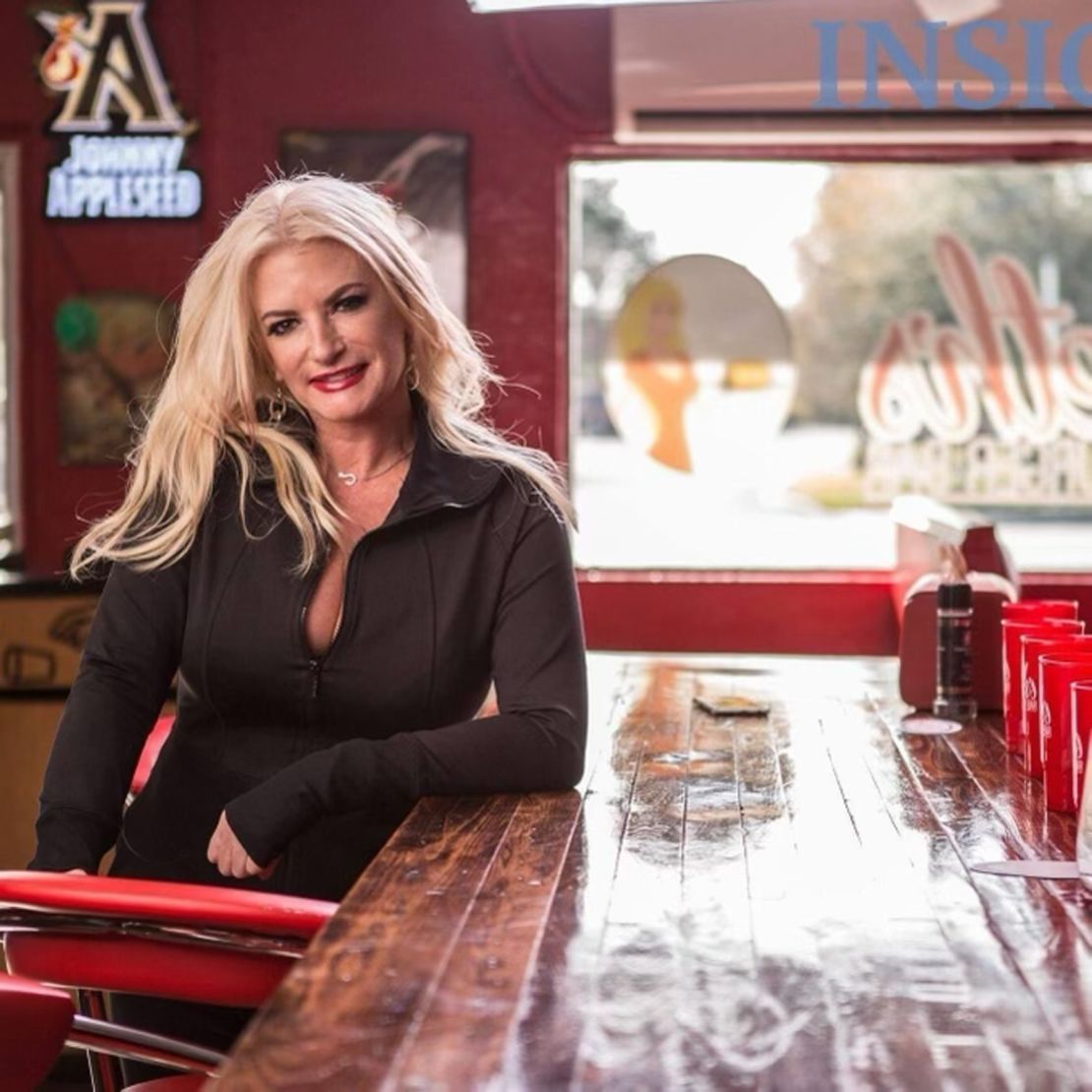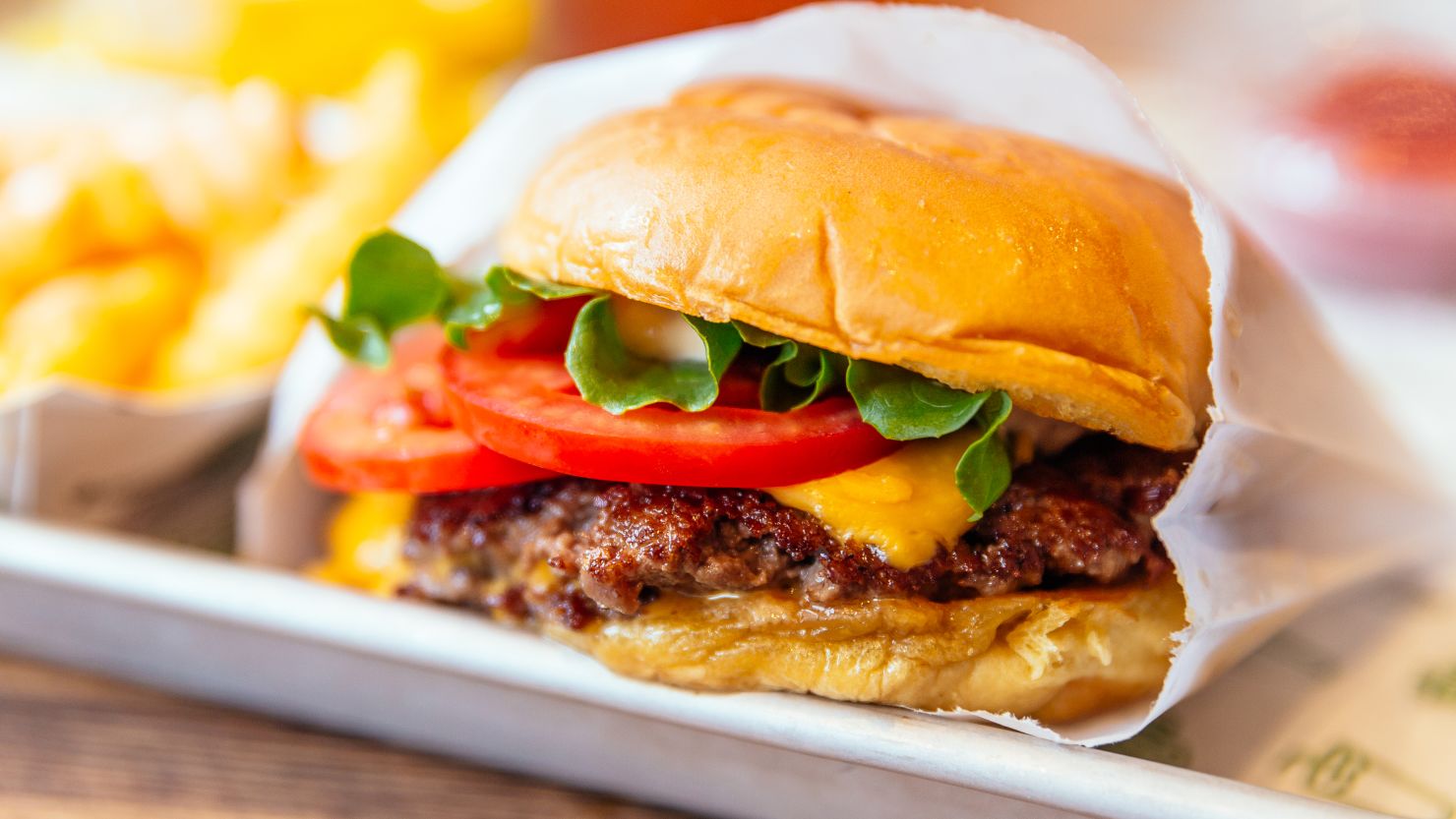Two all-beef patties are about 5.9% pricier than this time last year.
The special sauce is up 3.1%.
Lettuce and cheese, please: Those prices are down 6.1% and 2.8%, respectively.
However, the pickles (up 3.3%), onions (fresh veggies are up 1.3%) and the sesame seed bun (up 1.7%) are eating up more of your hard-earned dough.
Overall food inflation is not rising as fast as it has been, according to the latest Consumer Price Index released Tuesday. It actually held flat in February from the previous month and, on a year-on-year basis, is now at a nearly three-year low.
But prices for eggs, bacon, coffee and other commonly purchased foods are still rising faster than they did before the pandemic, and that’s not been an easy thing for consumers to swallow — especially when it hits home on classic American fare like the humble hamburger.
“What is the quintessential American good that people are looking at when they’re trying to evaluate how the economy is doing?” said Tyler Schipper, associate professor in the economics department at the University of St. Thomas in Minnesota. “We’re certainly in an era where there are so many stories written about how do people see the economy, and what is their [reference] point to compare it in the past. And, certainly, the price of ground beef has been one of those things.”
To that point, pricier burgers have become flame-broiled flashpoints as this bout of painfully high inflation enters Year 3.
McDonald’s Big Mac combo meals are running close to $20 in some cities, leaving a bad taste in diners’ mouths.
Two weeks ago, Wendy’s quickly turned (pig)tail after a swell of backlash against plans to implement “dynamic pricing” at its restaurants.
Then, Five Guys Burgers and Fries got roasted when a $24 receipt went viral on social media.
For burger proprietors — including smaller, mom-and-pop shops — and burger lovers alike, the price environment may not get any easier.
Ratcheting up prices, ‘little by little’
The little village of San Antonio, New Mexico, is home to a big piece of burger lore: It’s the likely birthplace for the first green chile cheeseburger.
The Owl Bar & Cafe’s “Owl Burger” officially came to be in 1948 but got its start three years earlier when founder Frank Chavez dished up hamburgers with a side of green chile to the “prospectors” who moved to town to conduct the Trinity test.
Nearly eight decades later, the Owl Burger remains a draw, but it’s become noticeably more expensive since Covid.

Faced with rising costs for ingredients and labor, the Owl Bar & Cafe has raised its prices every year for the past four years, said Janice Argabright, who’s the fourth generation of her family to run the roadside establishment.
“Maybe 45 cents each year,” Argabright told CNN in an interview, adding that the Owl Burger sits at $7.95 now.
“We’re a small mom-and-pop, and we don’t want to be too high of a price for our customers,” she said “But we do need to, little by little, raise them so that we can make ends meet and pay my employees and pay the invoices.”
‘We couldn’t just keep eating it’
Across the country, in far-from-tiny Orlando, Beth Steele was faced with a similar dilemma: Keep absorbing the rising cost of food and labor, or capitulate and pass some costs on to customers.
“Beef, we were paying $3, $3.05 a pound, and now we’re up to $3.25,” said Steele, the founder of Beth’s Burger Bar, which has five locations across the Orlando metro area. “When you’re ordering pounds and pounds and pounds of it, it adds up pretty quick.”

And in January, for the first time in years, her restaurants raised their menu prices by about 25 cents to 60 cents for each item, she told CNN.
“We took a little bit of a hit for a bit, and then it just kept growing,” she said. “So we had to do something, because we couldn’t just keep eating it.”
Signs went up at the five restaurants notifying customers, but Steele said she hasn’t received much pushback. Plus, business has remained steady, if not strong, as people continue to spend to go out and eat and travel, she noted.
“I think people know that [raising prices] is pretty standard right now, but there are people saying that we’re still very competitive as far as that goes,” she said.
Where’s the beef price headed
Like most aspects of inflation, there are several contributing factors behind higher burger prices. A primary driver has been limited supply due to drought and other rising costs: At the start of the year, the estimated US cattle inventory was the lowest since 1951, according to the American Farm Bureau Federation. The recent wildfires in the Texas panhandle have had devastating and deadly effects on the ranches and cattle in the area.
“There are currently enough cattle in the supply chain for processing, which will help to stabilize prices in the short term,” the AFBF wrote in February, adding that, however, “as the cattle on feed supply begins to shrink based on fewer calves, processors will have to compete for cattle, which could lead to higher costs, especially in the second half of 2024.”
“Consumers could see record-high beef prices toward the end of the year and into 2025,” the AFBF added.
Annually, things on the food front are looking better than they have in years: Food overall is up 2.2% (lowest since May 2021); grocery prices are up 1% (lowest since June 2021); and restaurant prices are up 4.5% (lowest since July 2021).
But prices are still rising a little faster than they did before the pandemic; plus, they’re up a heck of lot more than they were 2020.
Still, even though grocery prices have risen a lot since Covid, the recent trajectory means that people are paying just a little more now than they were a year ago, Schipper said.
“Don’t ever try to convince anybody their grocery bills are not high, but their grocery bill would be about the same [year over year],” Schipper said, referencing the 1% annual increase. “But I think that’s one of those places where we’re resetting our expectations about what our grocery bill should be, and that’s always going to take time.”
He added: “I think beef is going to be one of those things that stands out to people.”




